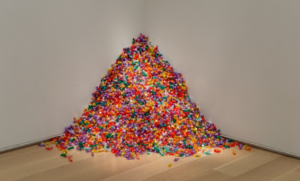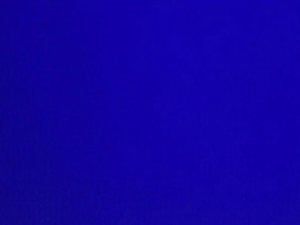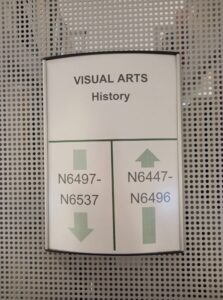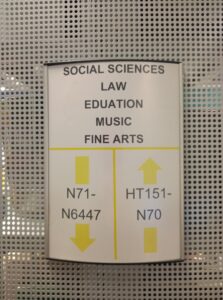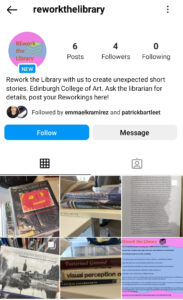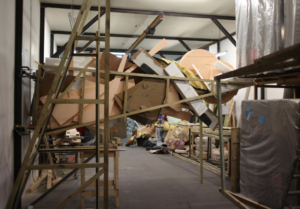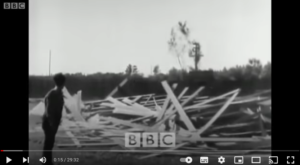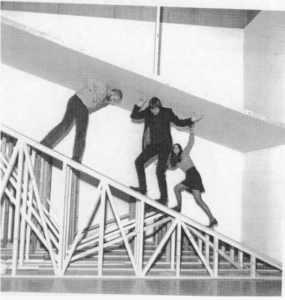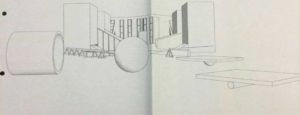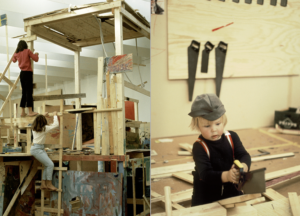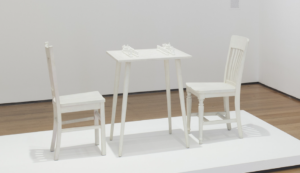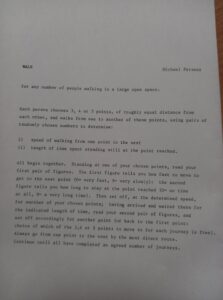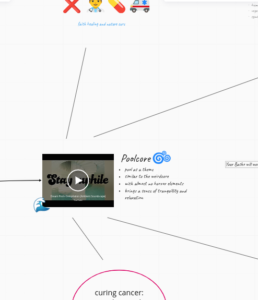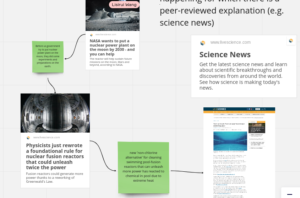one of the first artists that came to mind with the onset of this sprint is Lawrence Abu Hamdan. i first encountered his work at the 2019 Turner Prize where he joint-won with his piece Earwitness Theatre at turner contemporary. this follows earwitness testimonies of a syrian prison saydnaya in which prisoners were kept in complete darkness, relying on sounds around them to grasp an idea of their surroundings. using sound effects, like that of foley artists, Abu Hamdan was able to evoke survivor memories and enable an audience to experience them.
what im most interested in sound is not the medium itself but that it cant be contained, that you cant put it in a box, it will always leak- https://turnercontemporary.org/whats-on/turner-prize-2019/
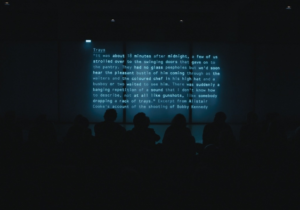
https://www.artforum.com/news/turner-prize-2019-shortlist-announced-79690
the above image is the installation relaying the survivor stories of the prison that we follow as the text appears as if being typed. the sounds created by Abu Hamdan are transmitted around the space to give the effect of being within these traumatic accounts of sensory deprivation.

https://whitecube.com/artists/artist/Marguerite_Humeau
seeking the sensory within the visual and ways this could occur made me think of Marghetite Humeau. taking inspiration from mythologies and story telling, Humeau creates physical entities of the undeveloped and primitive:
All the worlds I am creating are based on real facts’, Humeau explains. ‘They are based on mysteries that I am trying to understand. I am extracting real things, and then expanding into “what if?” scenarios. It comes from prototyping worlds that are invisible or extinct, or parallel to ours. They might exist, but we don’t really know about them.- https://whitecube.com/artists/artist/Marguerite_Humeau
nurturing these unsteady concepts must need some sensory means of investigating them, making me think about how this was achieved within a process of consuming and making. the above image The Dancer V, A Marine Animal Invoking Higher Spirits, 2020 is a sort of inlay between the imagined and the evident; how does research and inquiry result in physical art objects?

